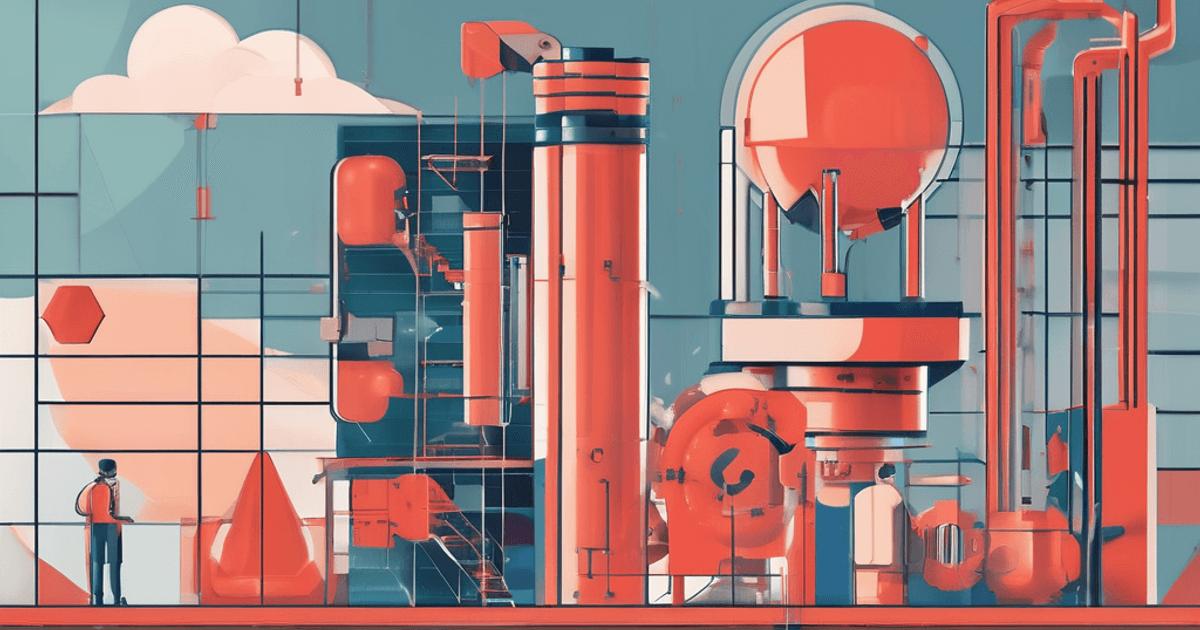The Conversation
You've built a production-ready AI system with proper architecture, traceability, and acceptable latency. Then someone suggests "why not just use a prompt?"
You don't need to explain why that won't work. The industry has already documented what happens when prototypes become production.
Why Not Just Give an Opinion?
There's a temptation to push back when surface-level decisions ignore architecture, scalability, edge cases, and maintainability. But opinions based on current trends or individual preferences don't help. They just add noise.
The current landscape is filled with quick takes and hot takes. Everyone has an opinion, often shaped more by what's trending than by systematic thinking. Narcissistic individualism—the idea that one person's perspective matters more than collective experience—creates an environment where strong opinions win even when they're wrong.
The problem isn't trends themselves. It's choosing tools or approaches because they're trending, rather than because they solve real problems. The distinction matters.
Research and data exist. Patterns repeat. The industry has documented what works and what doesn't. Why add another opinion when we can point to what's already been proven?
That's why this isn't about pushing back with opinions. It's about pointing to what the industry already knows: prototypes that skip architecture rarely become production systems. The data is public. The patterns are clear.
The Statistics
According to recent research, 87% of machine learning models never make it past the prototype stage. Reasons include technical debt, edge cases that break everything, scale issues, and maintainability collapses.
Why "Just a Prompt" Rarely Works
When you build a direct LLM solution, you're coding logic into prompts. This creates brittleness—small changes require rewriting entire prompts. It's impossible to debug—you can't see intermediate steps. And there's no observability—production needs monitoring, logging, and metrics that a single prompt can't provide.
What Actually Ships
AI systems that reach production are rarely "just a prompt." They have structured workflows, error handling, observability, modularity, and scalability. These frameworks and architectures exist because production systems need structure—not because they're trendy, but because they solve real problems that prototypes ignore.
The Numbers Don't Lie
- Gartner: Over 80% of organizations will struggle to operationalize AI systems by 2026
- MIT Sloan: 85% experiment with AI, but only 37% deploy at scale
- Harvard Business Review: "Failure to move beyond proof of concept" is the primary cause of AI failures
Architecture matters. Prototypes skip it. Production requires it.
The Hard Truth
There's a mismatch between demos and production. Prototypes optimize for speed. Production optimizes for reliability, scalability, and maintainability.
The question isn't whether your prototype works. It's whether it works when you have 100x more users, need unanticipated features, or an edge case breaks everything.
Prototypes optimize for the first week. Production systems need to survive years.
Sometimes the most important lessons are the ones you learn before you make the mistake.
